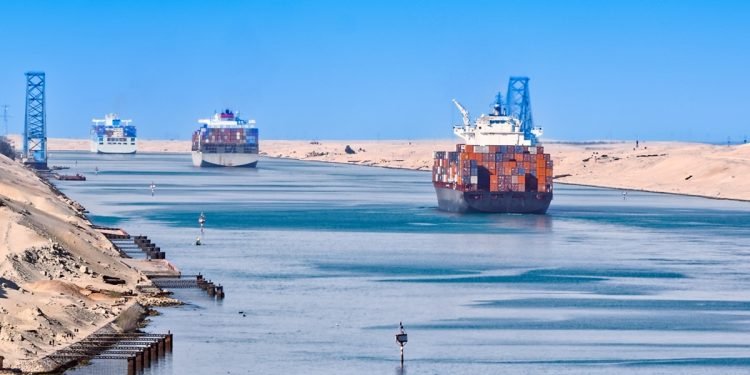By Eva Richardson, The Logistic News
In a significant development for global container trade, freight rates between China and Northern Europe plunged by 16.8% in April 2025, falling to $2,705 per 40-foot container. The sudden decline marks the sharpest monthly drop on this route since late 2022 and has reignited concerns over structural overcapacity and weak European demand.
The decline comes on the heels of a subdued post–Lunar New Year period, during which export volumes from China failed to return to pre-holiday expectations. Compounding the problem is an oversupply of vessel space, as major carriers continue operating large ships on regular schedules despite falling load factors.
“We are entering a phase where rates no longer reflect cost reality,” says Michael Hofer, a senior trade analyst at Ocean Metrics. “With load factors slipping and demand stagnant, this drop may be just the beginning.”
Competition Undermines Carrier Profitability
Analysts attribute the sharp correction to two concurrent dynamics: limited European consumer demand, and an escalating price war between shipping alliances. In a bid to protect market share, carriers have opted to maintain sailing frequency rather than withdraw capacity — resulting in price erosion across multiple corridors.
Several sources have confirmed that carriers are now operating below break-even levels on this lane, raising the likelihood of blank sailings, service realignments, or even early contract renegotiations in the weeks ahead.
Industry data shows average vessel utilization out of major Chinese ports has dropped to 78%, significantly below the threshold needed for profitability on east–west services.
Short-Term Gains, Long-Term Risk
While freight buyers and forwarders stand to benefit in the short term, logistics planners warn of rising uncertainty in both budgeting and service reliability. Companies reliant on annual rate contracts may now face pressure to revise agreements, while others fear retaliatory rate hikes later in the year.
“This creates an illusion of savings,” explains Anne de Vries, procurement head at a Dutch retail group. “But if capacity is pulled suddenly, we’re back to volatility and delays.”
What Comes Next?
With the IMO 2025 carbon compliance deadlines fast approaching and operational costs on the rise, most experts agree that current rate levels are unsustainable. The real question is how and when carriers will react.
If the soft demand continues into May, industry observers expect a wave of capacity withdrawals and service consolidation, particularly on lower-volume sub-routes such as China–Baltic and China–UK direct lanes.
April’s crash may not yet signal a crisis — but it has undoubtedly exposed fragile fundamentals in one of global trade’s most strategic corridors.























